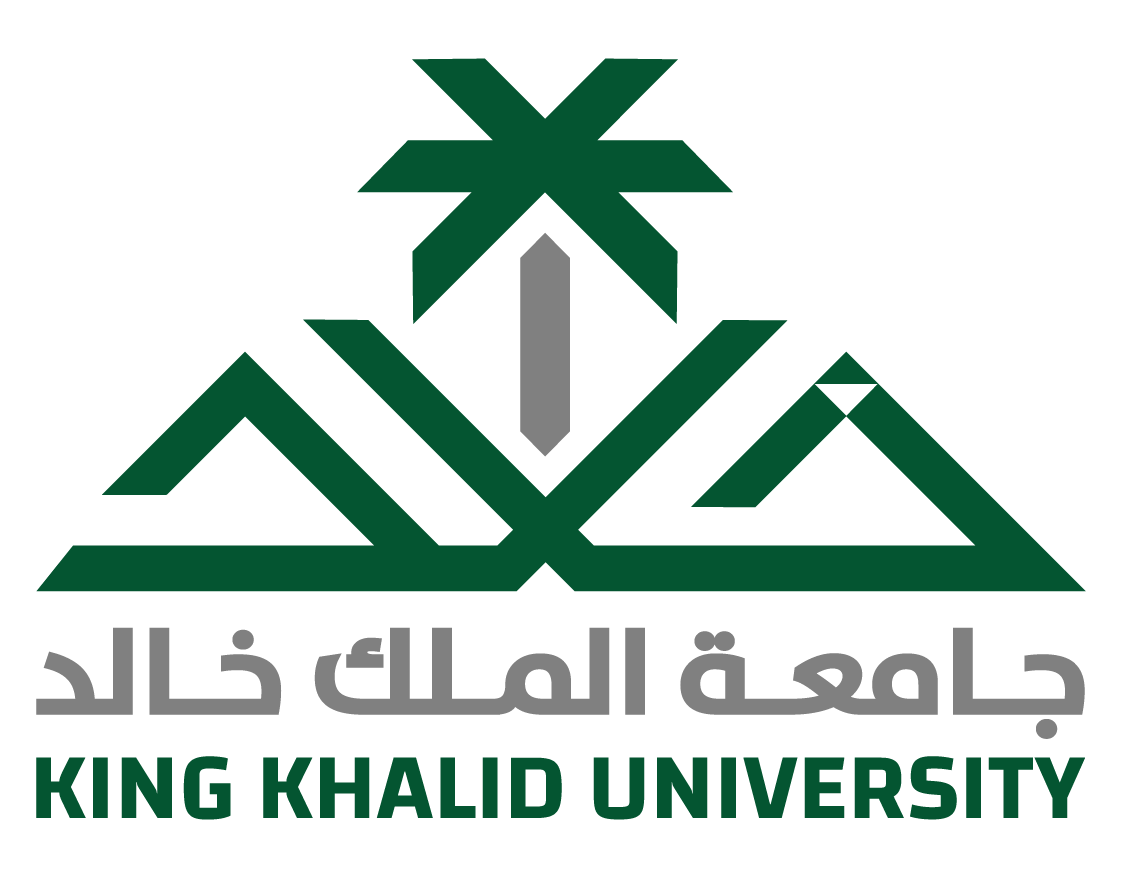الملخص
Abstract As communication nowadays is becoming faster, the role of oral translation, i.e. interpretation, is also becoming greater. Interpretation is now the prompt number one option for faster communication. Therefore, the task of the interpreter is a challenging one taking into consideration the effect of time limits and the pressure of the situation that the interpreter undergoes to achieve his task. What makes his task even harder are the consequences any misinterpretation might cause. Because of the important role the interpreters play in communication nowadays, this paper focuses on non-linguistic obstacles that affect the performance of interpreters and their influence on the intended meaning, and then the purpose of communication in the first place. This paper investigates, in particular, the effect of the main non-linguistic obstacles on the quality and accuracy of interpretation in an attempt to find some solutions to overcome such obstacles and to reach a better communication. Most of the previous studies focus mainly on the effect of linguistic obstacles on the performance of both interpreters and translators, in an assumption that linguistic obstacles have greater effect on the quality of interpretation than non-linguistic obstacles. For this reason, this paper tries to bring the focus on the main non-linguistic obstacles that almost have the same influence on the quality and accuracy of interpretation. This is not to undermine the importance of linguistic obstacles and their strong, direct effect on the meaning, but for the above-mentioned reasons this paper focuses on the non-linguistic obstacles which are too many to restrict, thus, the main, influential obstacles are only tackled.

